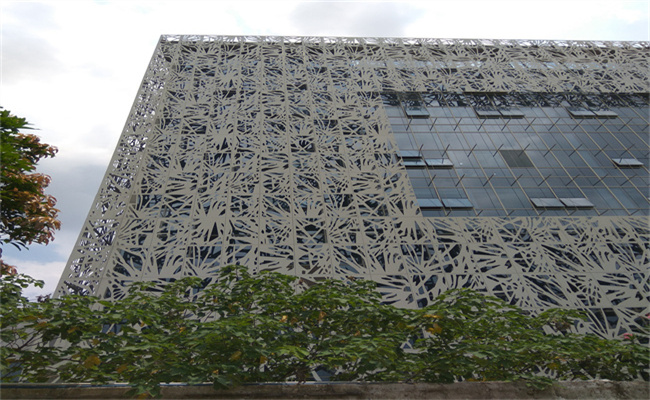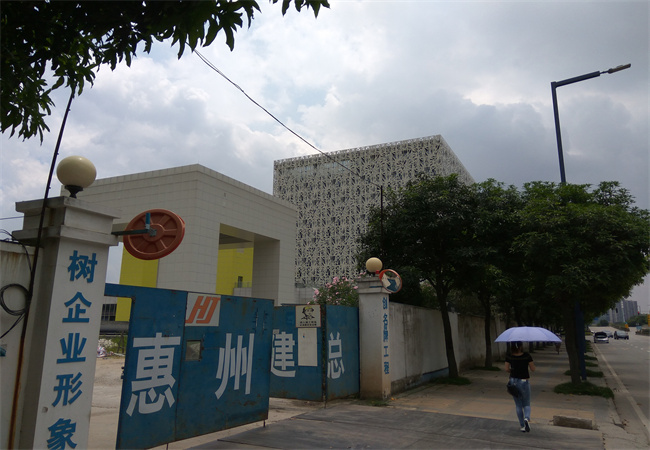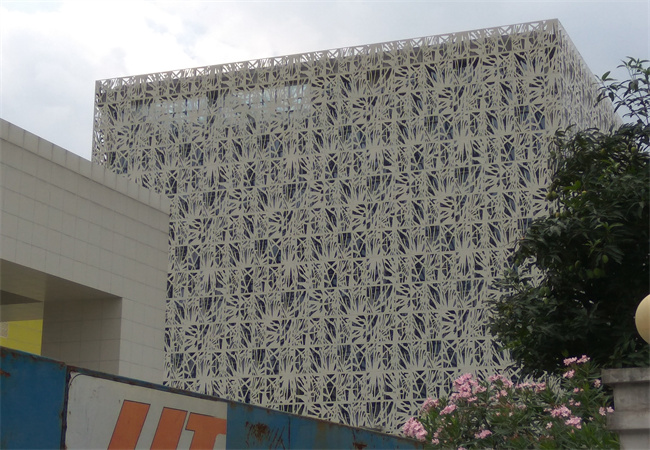Introduction of Aluminum facade cladding
Aluminum facade cladding refers to the use of aluminum panels or sheets to cover the exterior walls of a building. Aluminum facade is a popular choice for both commercial and residential buildings due to its durability, versatility, and aesthetic appeal.
Aluminum facade offers several benefits. Firstly, aluminum cladding is a lightweight material, making facade cladding easier to handle and install compared to other cladding materials. Aluminum cladding is also highly resistant to corrosion, weathering, and UV radiation, ensuring long-term durability and minimal maintenance requirements.
Aluminum cladding comes in a variety of finishes, including smooth, textured, and patterned options, allowing for a wide range of design possibilities. Aluminum facade can be customized in terms of color, shape, and size to suit the architectural style and design intent of the building.
In addition to aluminum facade visual appeal, aluminum facade cladding provides functional benefits. Aluminum facade acts as a protective barrier, shielding the building from external elements such as rain, wind, and temperature fluctuations. Facade cladding can also contribute to energy efficiency by providing insulation and reducing heat transfer.
Furthermore, aluminum facade cladding can be combined with other building systems, such as insulation and ventilation, to enhance the overall performance of the building envelope.
Overall, aluminum facade cladding is a popular choice for architects and building owners due to its versatility, durability, and aesthetic appeal. Aluminum cladding offers a combination of functional and design benefits, making it an excellent option for enhancing the appearance and performance of a building's exterior.



